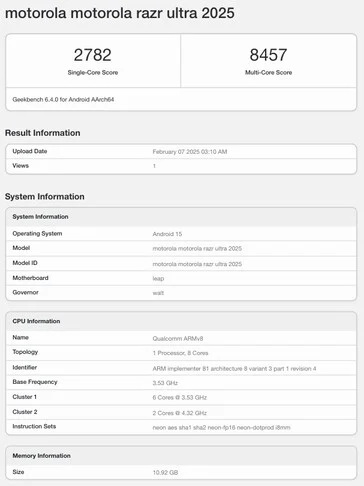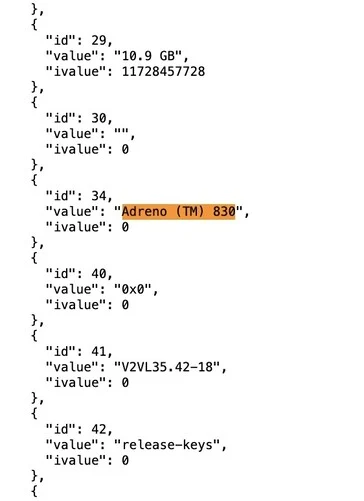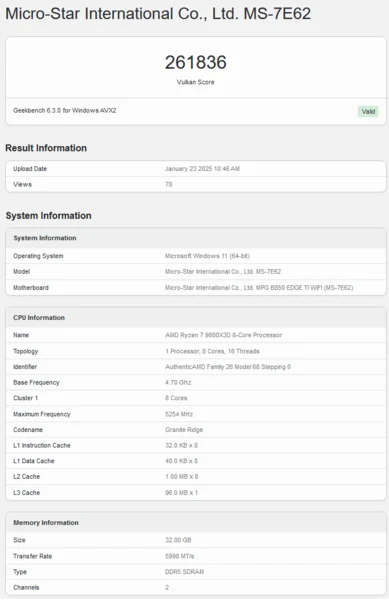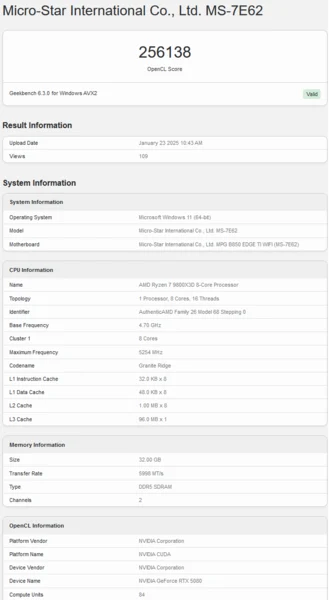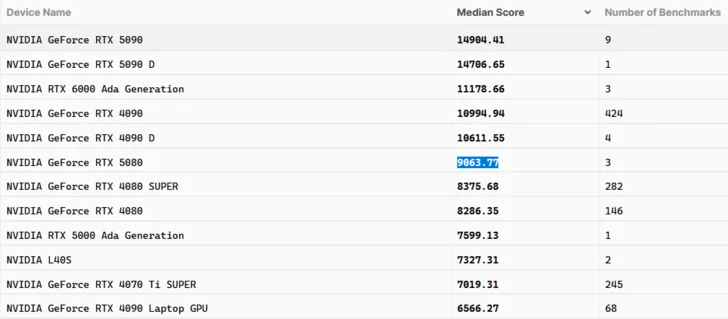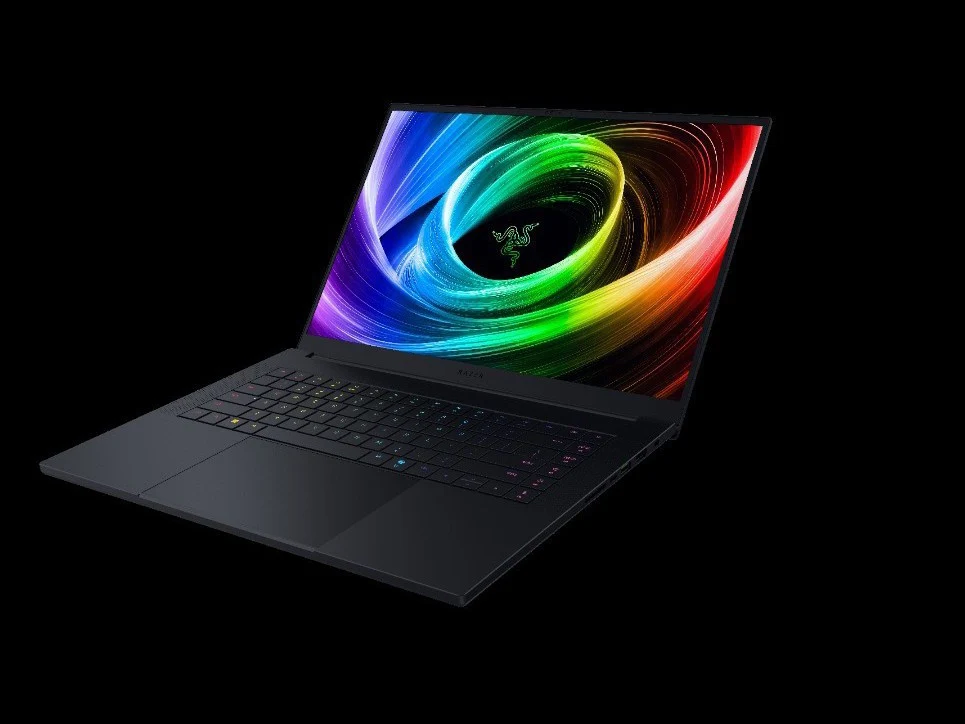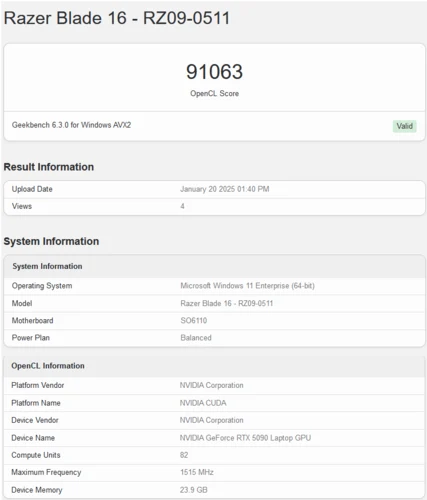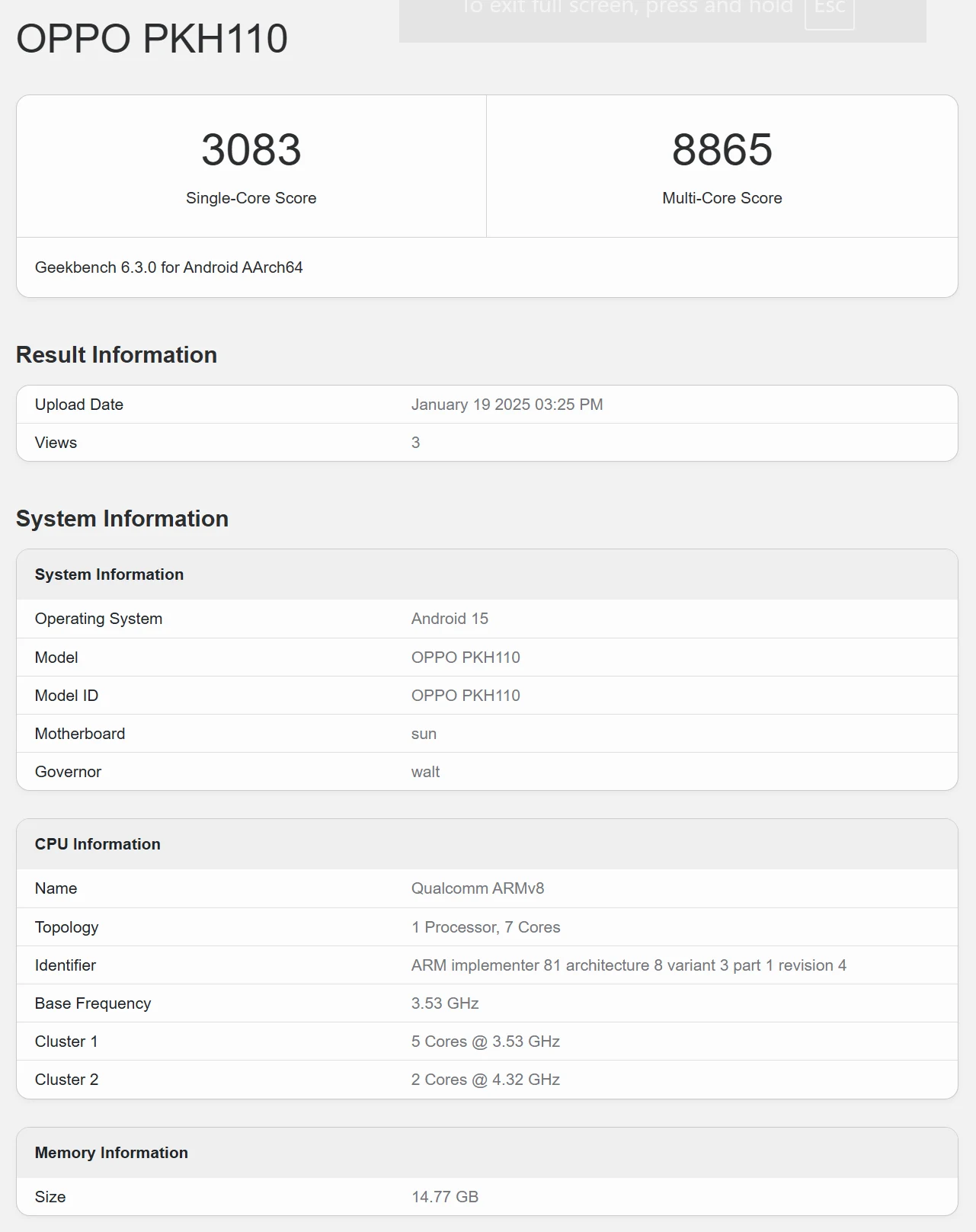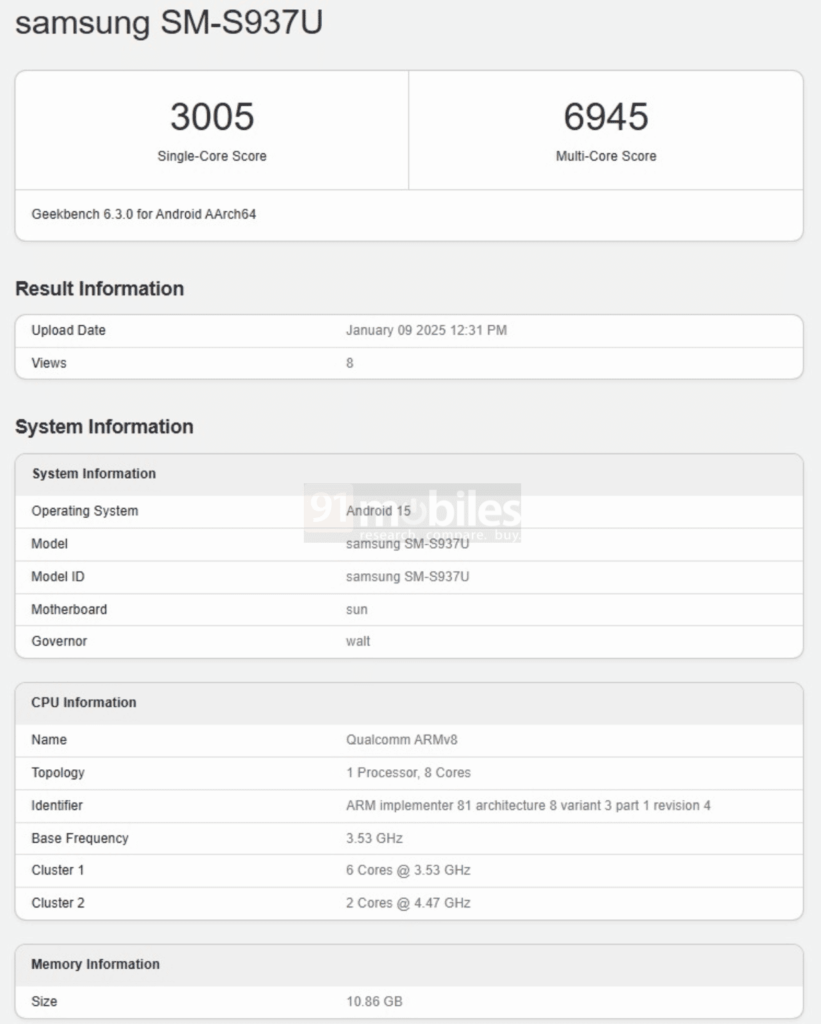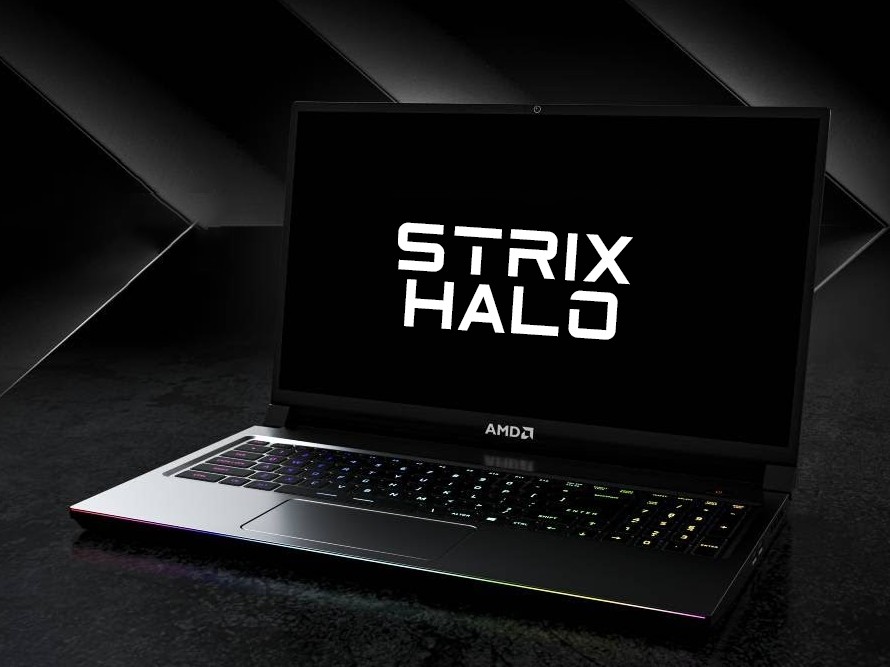Key Takeaways
1. The Galaxy S25 Edge shares the same Snapdragon 8 Elite chipset as the Galaxy S25 Ultra, confirmed by Geekbench listings.
2. It has the model number “SM-S937B” and features a clock speed of 4.47 GHz with eight cores and 12 GB of RAM.
3. Performance scores for the S25 Edge include a single-core score of 2806 and a multi-core score of 8416.
4. The Galaxy S25 Edge is expected to launch in the second quarter of the year, likely in May.
5. The projected price for the Galaxy S25 Edge in the United States is $1,099.
Samsung recently revealed the Galaxy S25 Edge at its Unpacked event last month. Although specifics about this sleek, design-oriented flagship phone are still not fully confirmed, a new Geekbench listing has validated that it shares the same chipset as the larger Galaxy S25 Ultra.
Model and Chipset Details
The Galaxy S25 Edge is identified by the model number “SM-S937B,” and it is confirmed to be equipped with the Snapdragon 8 Elite for Galaxy, similar to the other Galaxy S25 models, due to its listed clock speed of 4.47 GHz. Additionally, it shows that it has eight cores, easing concerns that Samsung might use the new 7-core Snapdragon 8 Elite. Like the other models in the Galaxy S25 line, it comes standard with 12 GB of RAM.
Performance Metrics
In terms of performance, the S25 Edge stands tall alongside its competitors. It achieves a single-core score of 2806 and a multi-core score of 8416. While these figures may not reflect the chipset’s peak performance, they are not significantly lower than the average Geekbench scores of the other S25 series devices.
Sales and Pricing Information
According to a recent report, the Galaxy S25 Edge is expected to hit the market in the second quarter—likely in May, if earlier leaks are accurate. It will be positioned between the Galaxy S25 Plus and the Galaxy S25 Ultra, with a projected price of $1,099 in the United States.
Source:
Link



